Woodworking Equipment
25,568 ResultsWhen you browse and shop through the various merchant links provided on this site, it may lead to this site garnering a commission. Participation in several affiliate schemes is a part of this site's operations, eBay Partner Network being one of them.
Browse Related
Woodworking Equipment Buying Guide
Woodworking is one of the oldest crafts. The first woodworking equipment was simple and primitive, but it has evolved into very sophisticated machinery over time. In this guide, we will discuss some of the different types of woodworking equipment that are available for use today.
Do some research on different brands of tools before purchasing anything so that you know which ones will last a long time and which ones might break down quickly after only a few uses. It’s also important to look into warranties when buying new tools since most brands offer one year or longer warranties on their products which can save customers money in case something breaks down soon after purchase (or even months later).
Woodworking is a rewarding hobby and a great way to save money. With so many different types of woodworking equipment on the market today, it can be difficult to know which tools are right for you.
If you’re just getting started with woodworking, we recommend that you purchase basic tools and work your way up. A few simple tools will allow you to accomplish most projects and give you an opportunity to try out different techniques before investing in more expensive equipment.
Woodworking is a rewarding hobby, but it can be a little intimidating for beginners. There are so many tools and accessories on the market that it can be difficult to know what you really need to get started. The following guide will help you understand which tools are essential for building your own furniture and cabinets, and which ones you should avoid until you have more experience.
The first piece of equipment any woodworker needs is a saw. There are many different types available, from hand saws to power saws, but every woodworker needs one in order to shape their materials into usable pieces. The second most important tool is a chisel. Chisels are used for carving out designs and patterns on your project. Other common tools include hammers, screwdrivers and files.
Table Saws
These saws are used to cut boards and other pieces of wood. They come in two varieties: stationary and portable. Stationary table saws are mounted on a workbench while portable table saws can be moved around by hand or placed on a cart for easier mobility. Table saws typically come with a variety of blades including thin kerf blades for fine cuts and thicker kerf blades for rough cuts such as cutting decking boards.
Jig Saws and Band Saws
Band saws are similar to circular saws except they have a continuous blade instead of a circular blade like a circular saw does. Band saws can make curved cuts in wood much easier than other types of circular saws because they don't come with any moving parts like circular saws do which can cause vibration when making curved cuts in wood.
These two power saws have similar functions but are designed for different applications. The jigsaw is best for cutting curves in small pieces of wood (such as curved shelves) while the band saw is used for cutting straight lines in larger pieces of material (such as 2×4 studs).
Drill Presses
Drill presses are used to drill holes into materials such as metal or plastic using drill bits.
Chop Saw
This saw can cut lumber into straight lines, angles and curves while saving time and effort compared to using a hand saw. It’s also useful for cutting sheet goods such as plywood or OSB (oriented strand board). You can find this tool at any hardware store or home improvement center for less than $100.
Safety Equipment
Safety glasses are an absolute must when working with power tools. They prevent flying particles from getting into your eyes, which could cause serious injury if they were to become embedded in your cornea or retina.
Ear plugs are also a good idea since they protect your hearing from loud noises generated by drills and other woodworking equipment. You should always wear these when working with power tools that create excessive noise – especially if you’re going to be doing any drilling or routing work that produces high decibel levels.
Hammer
A hammer is essential for driving nails into wood or plastic components (for attaching hinges, etc.). The head of the hammer should be large enough to drive nails into hard materials but small enough not to damage delicate components of your project (such as plywood).
Chisel
A chisel is another tool used to pound nails into the wood but unlike a hammer it has only one purpose: prying boards apart after they have been nailed together with other pieces of lumber or plywood sheets. Chisels come in different sizes depending on what size nails they are designed to remove from your project.
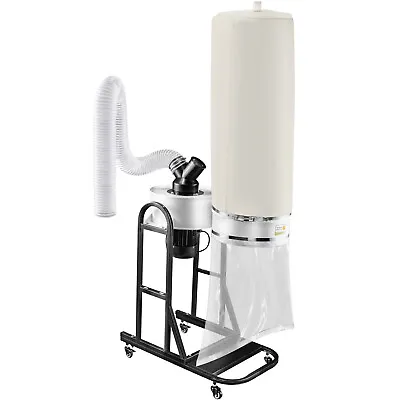

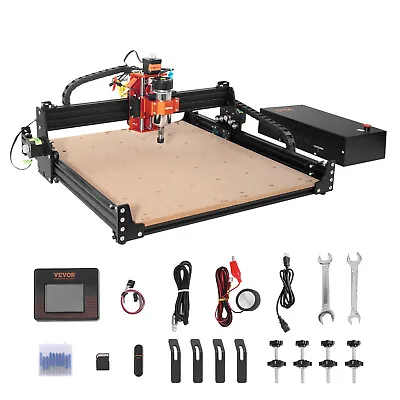
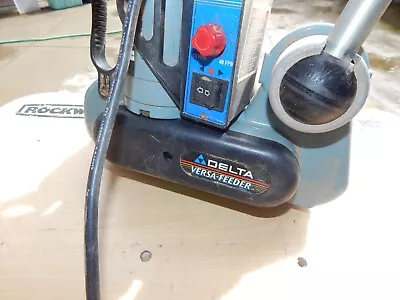
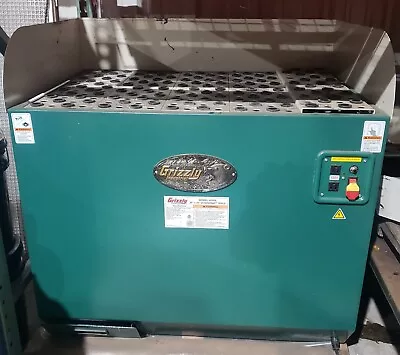
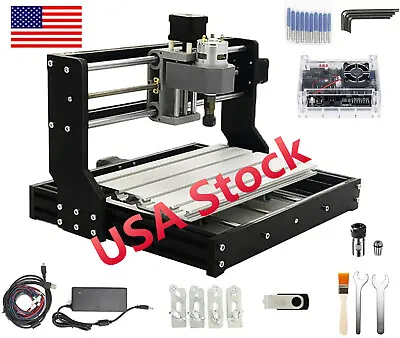
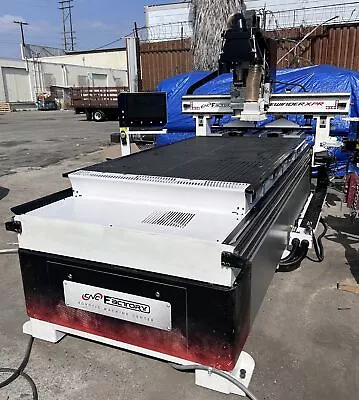
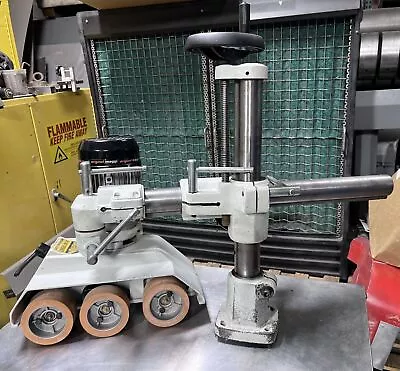
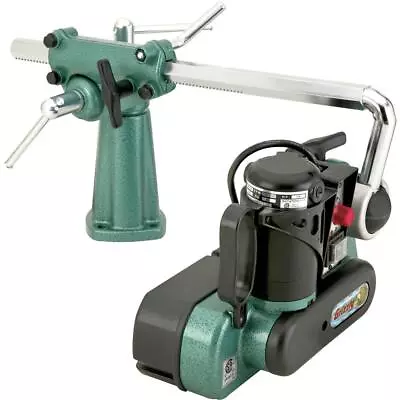
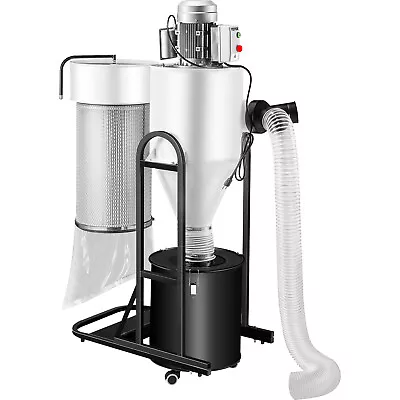
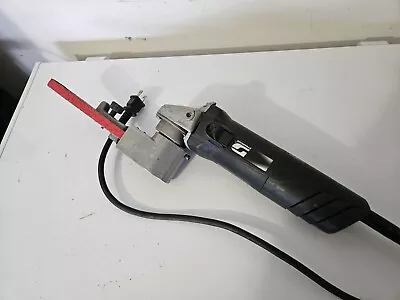
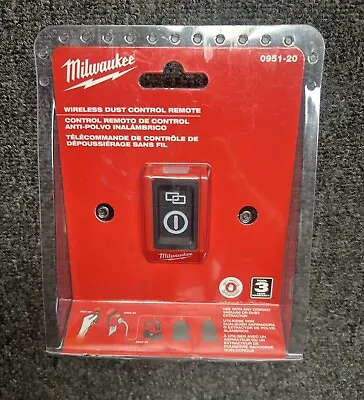
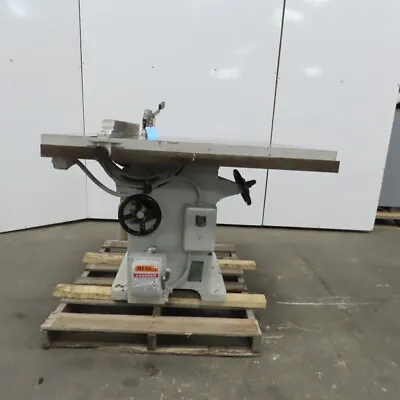
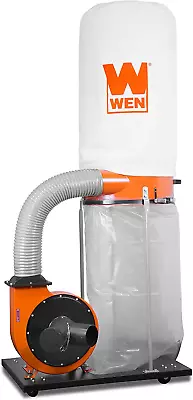
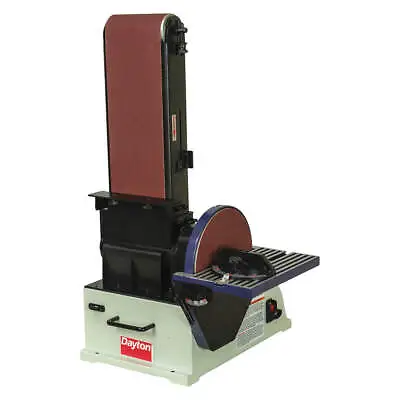
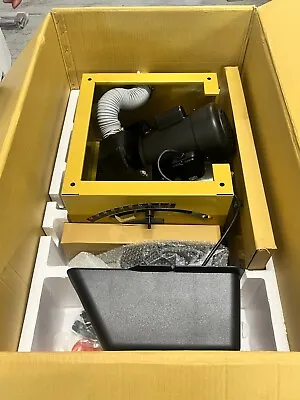
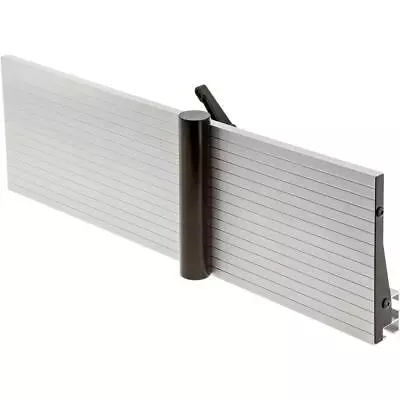
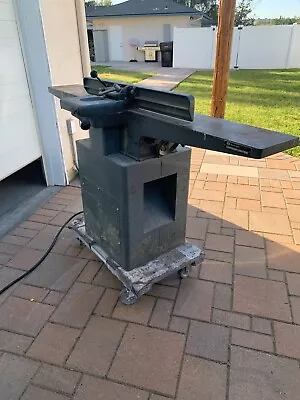
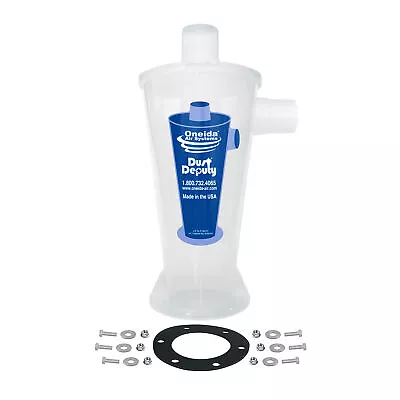
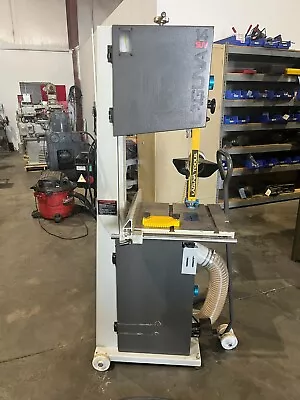
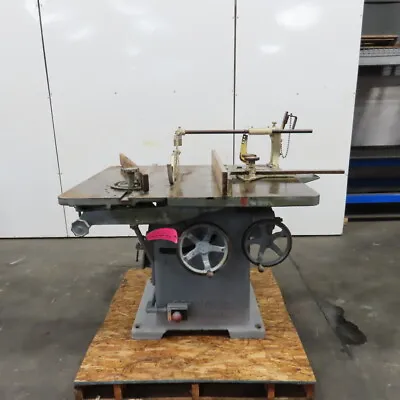
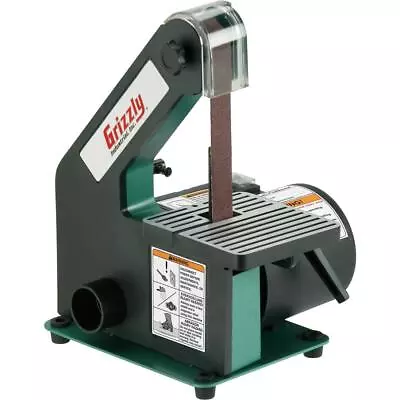
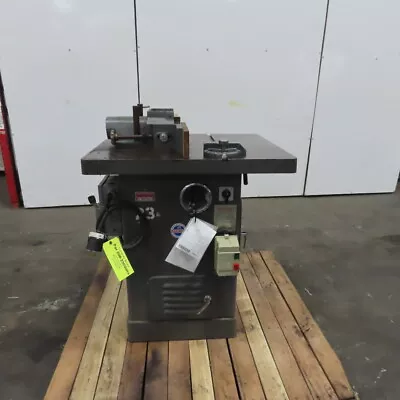
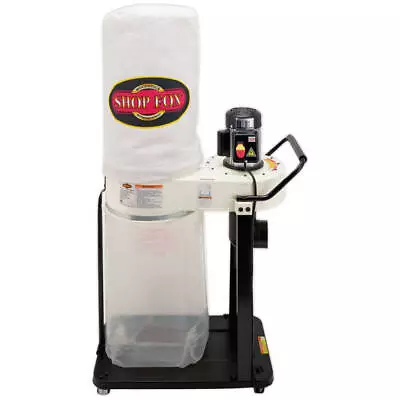
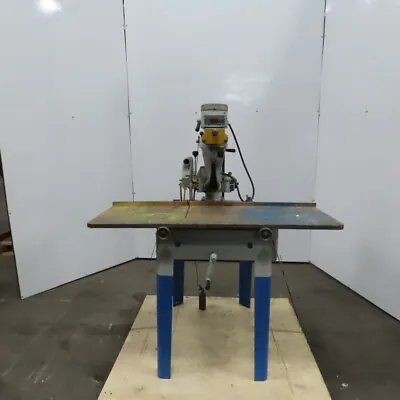
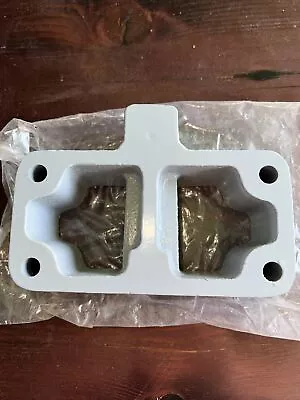
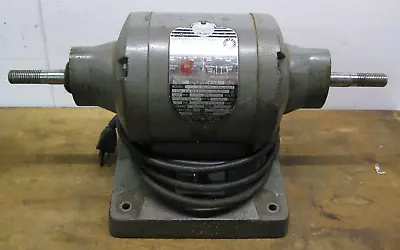
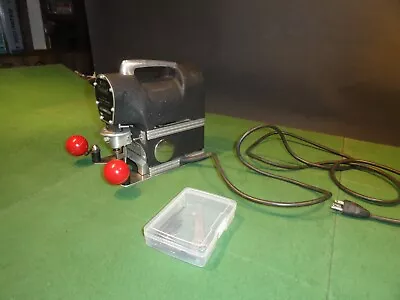
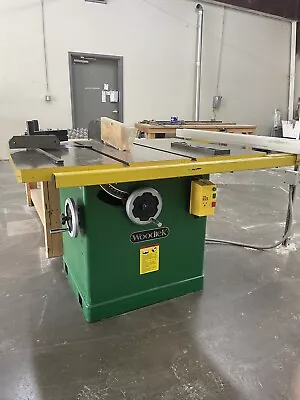
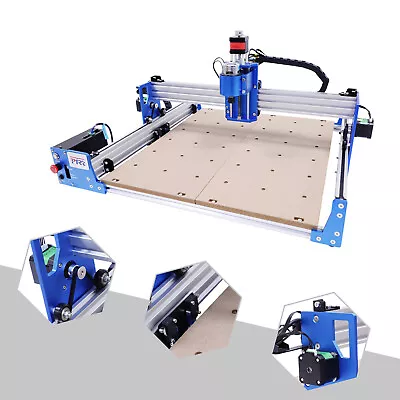
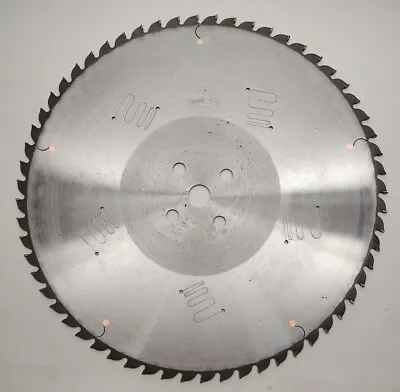
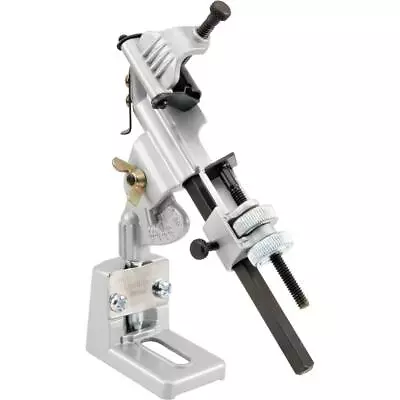
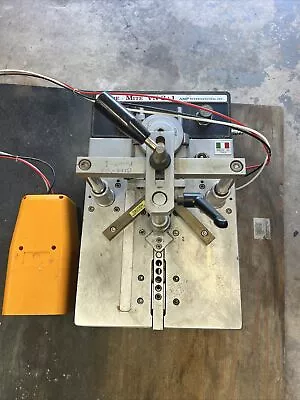
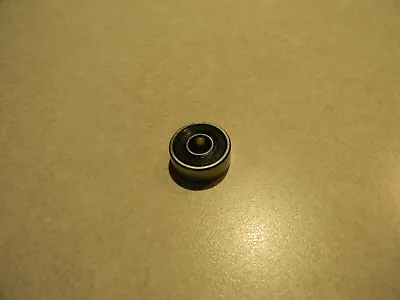
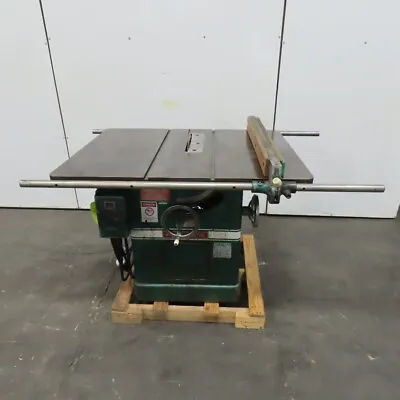

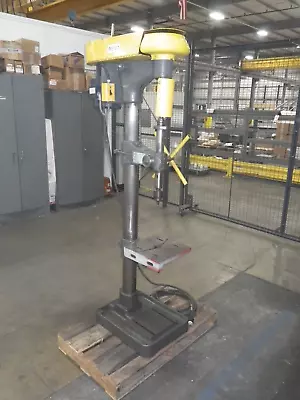
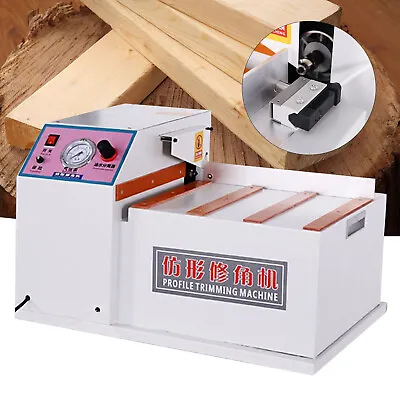

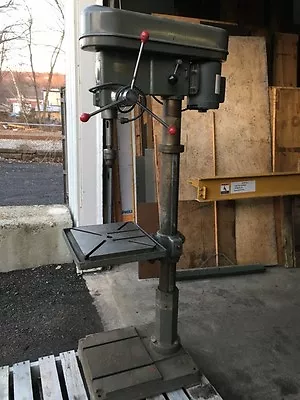
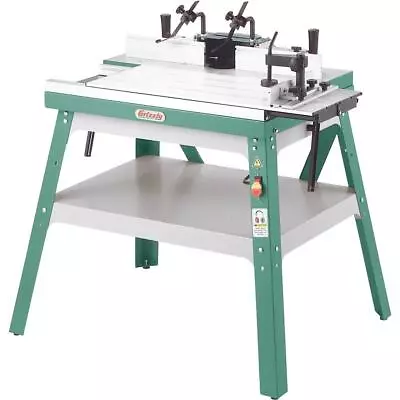
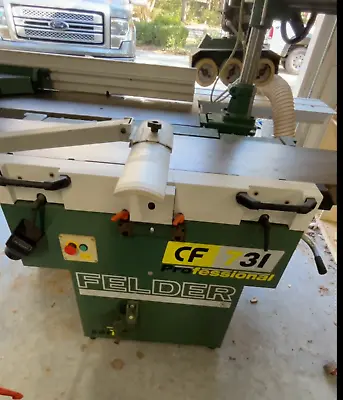
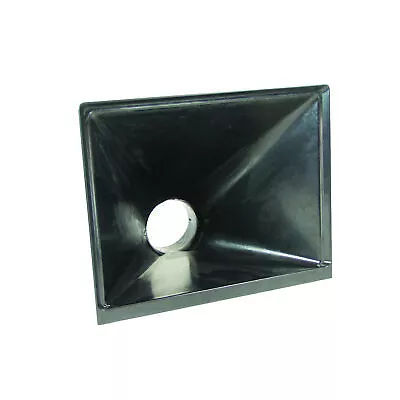
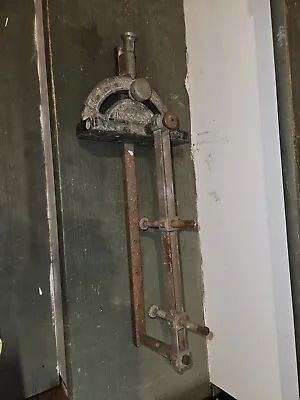
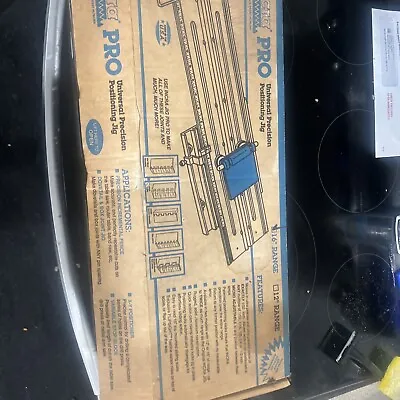
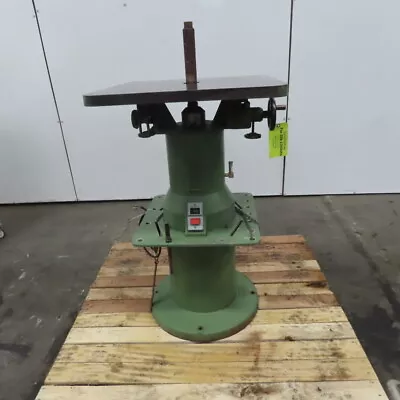
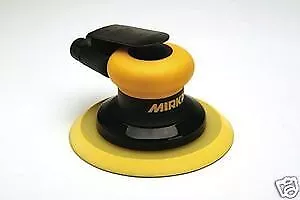
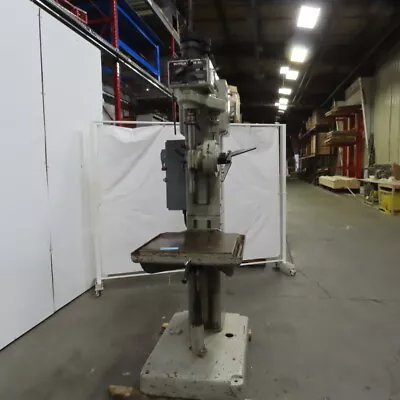
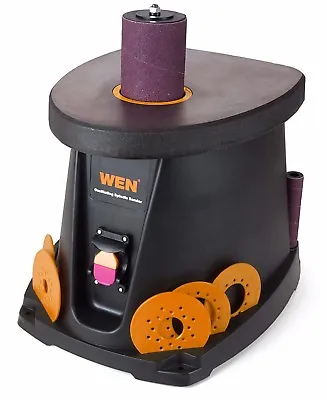
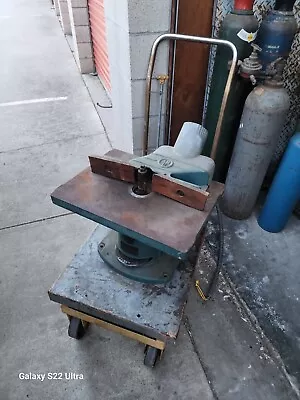
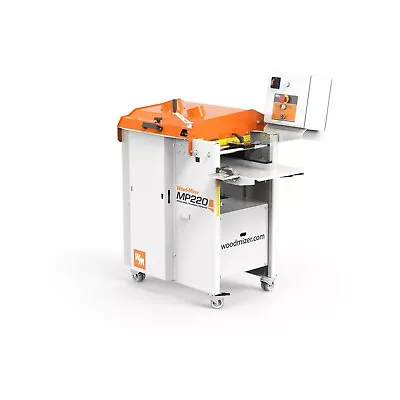
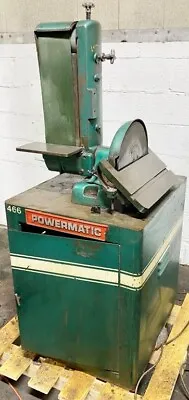
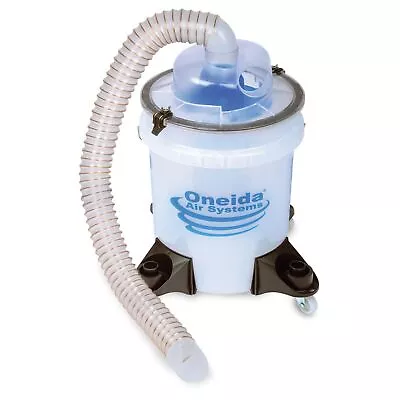
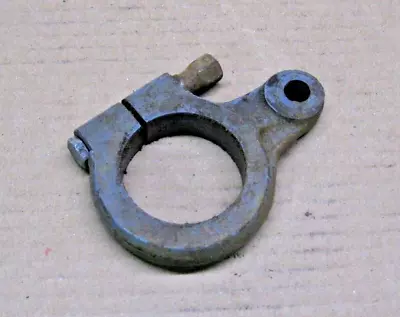
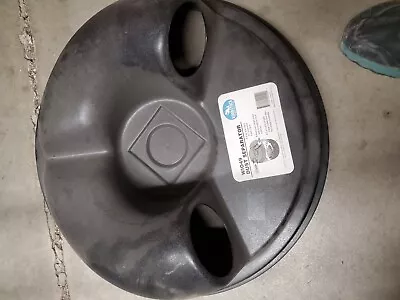
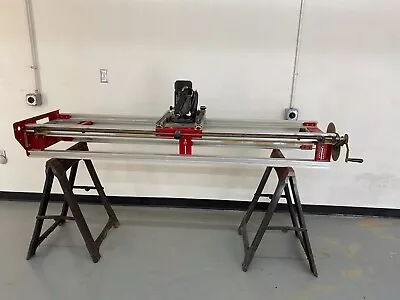
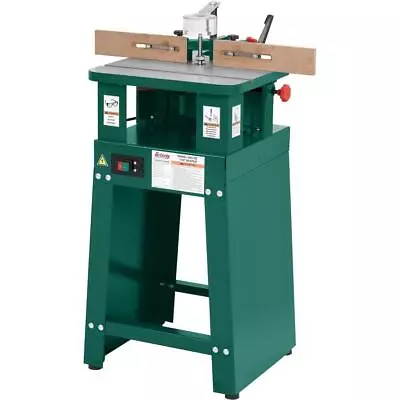
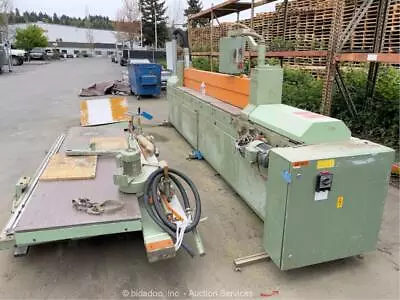
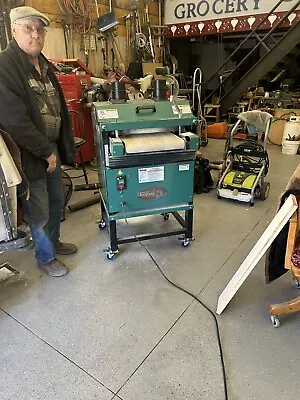
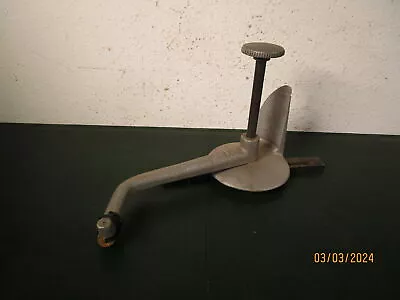
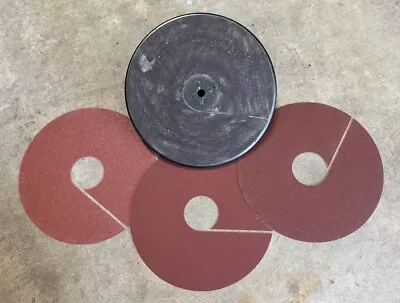
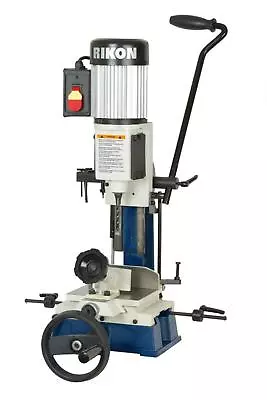
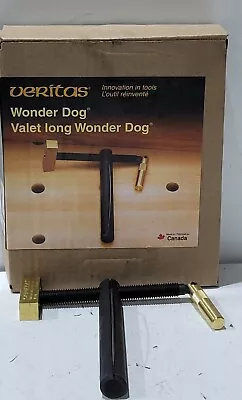
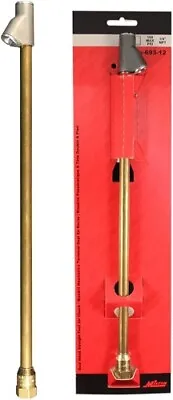
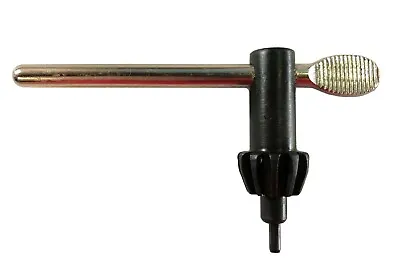
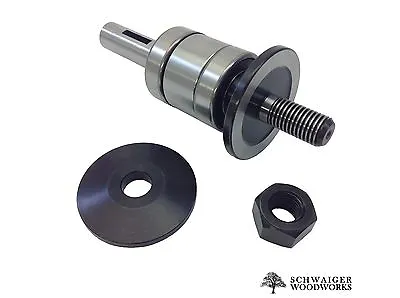
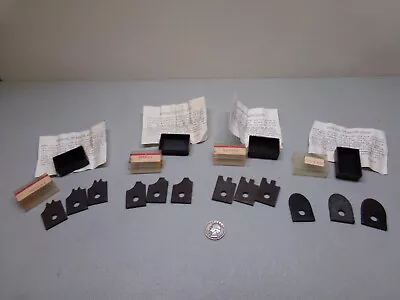
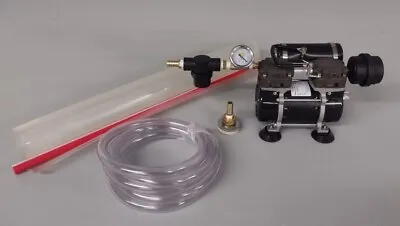
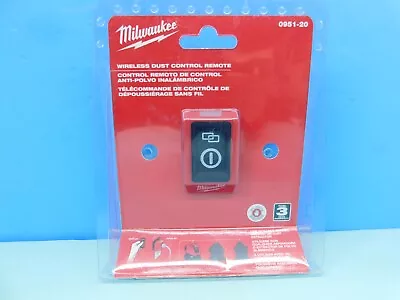
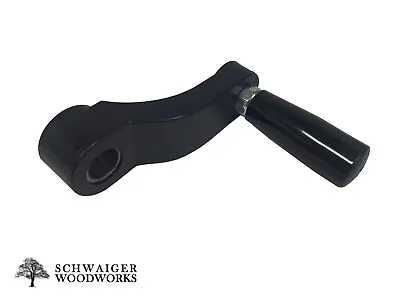
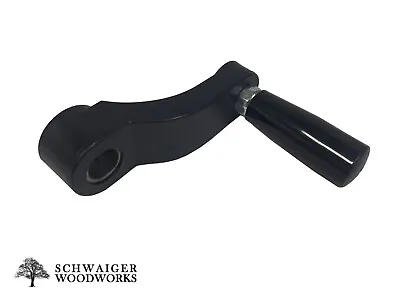
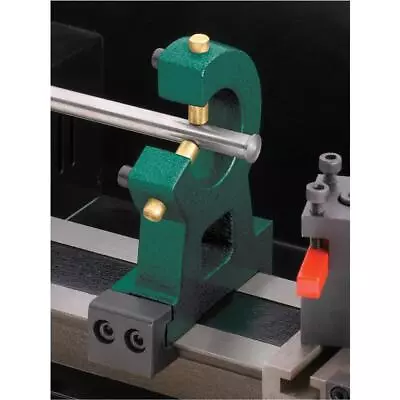
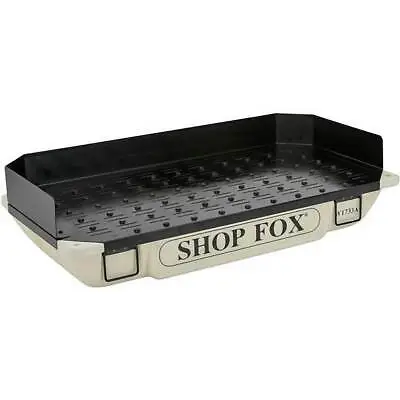
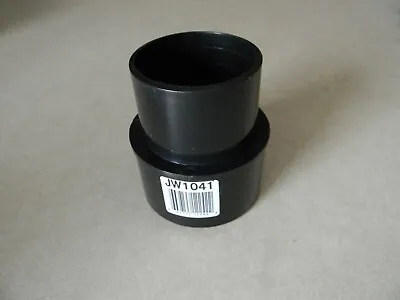
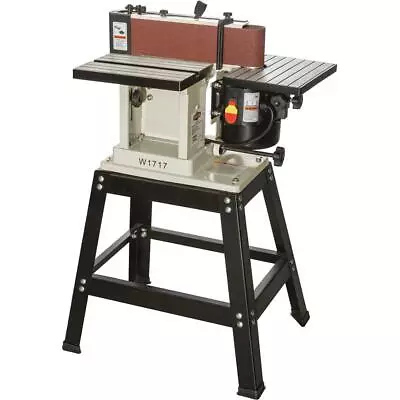
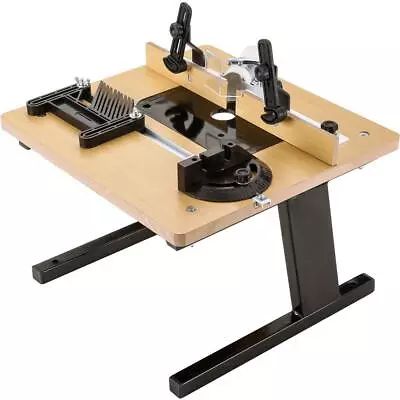
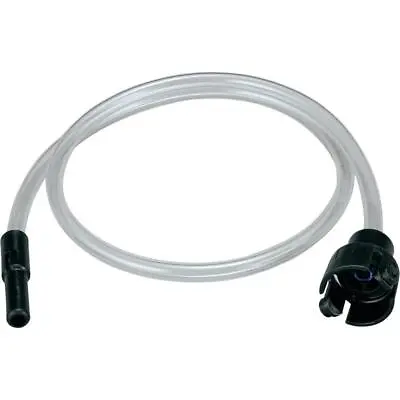
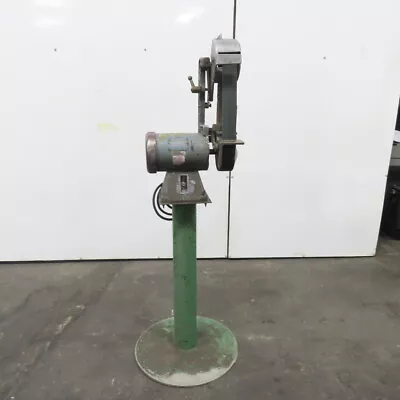
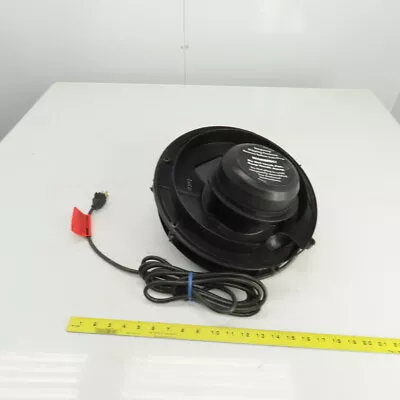
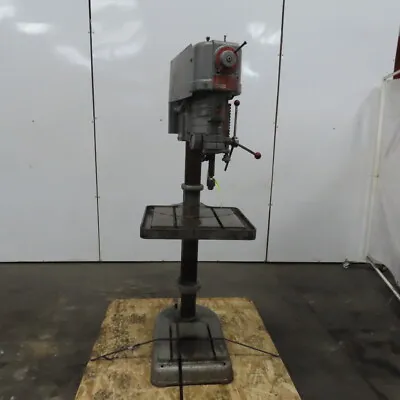
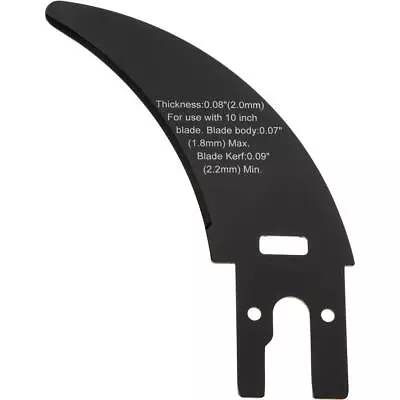
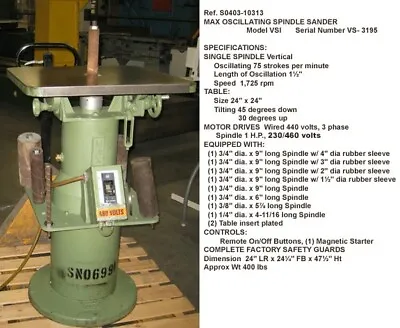
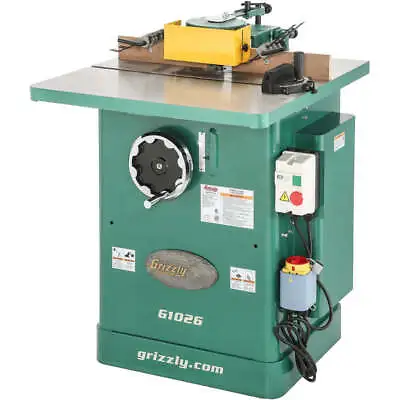
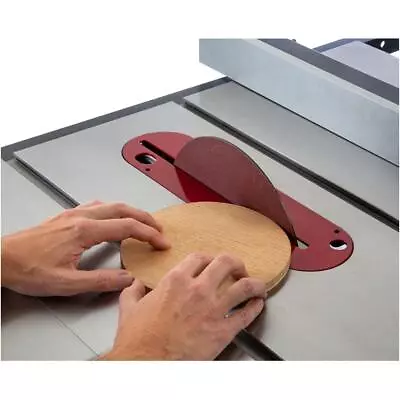
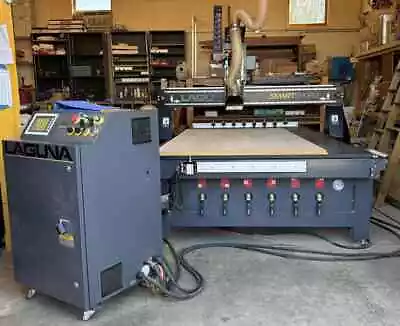
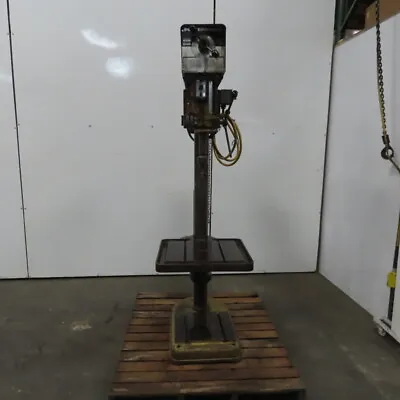
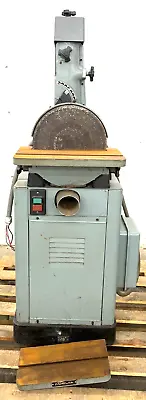
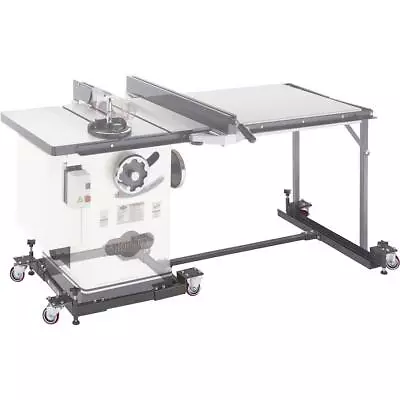

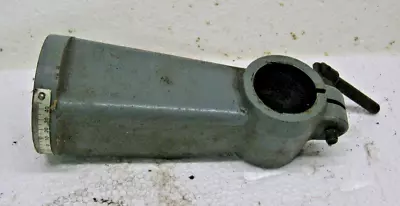
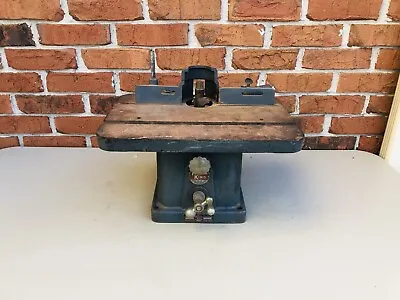
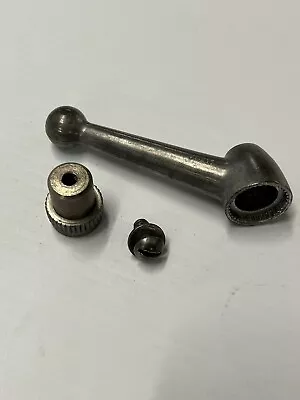
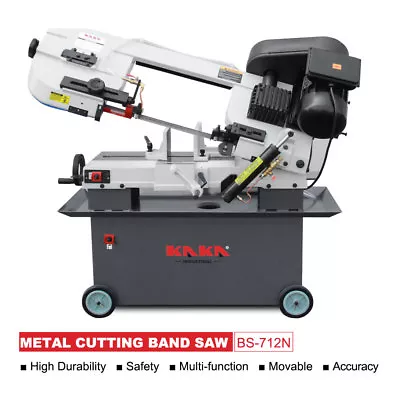
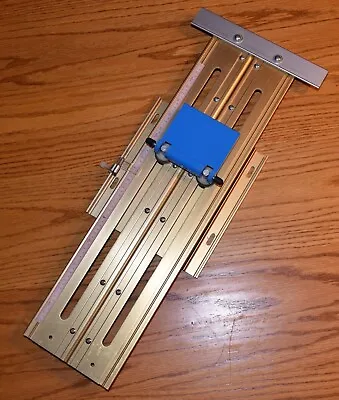
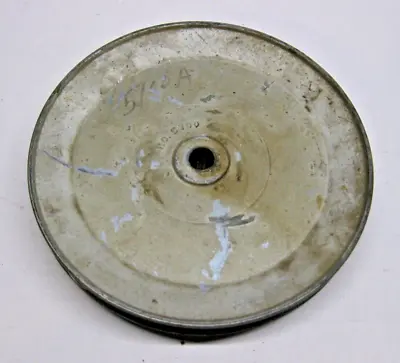
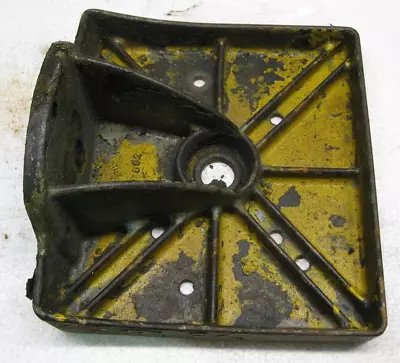
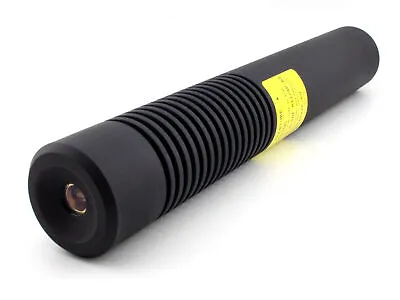
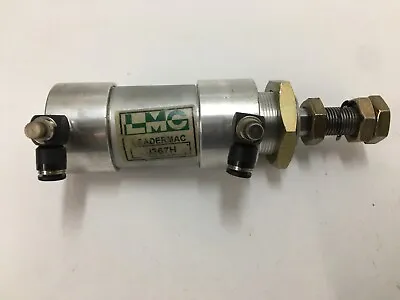
 Your request is processing... Please Wait
Your request is processing... Please Wait